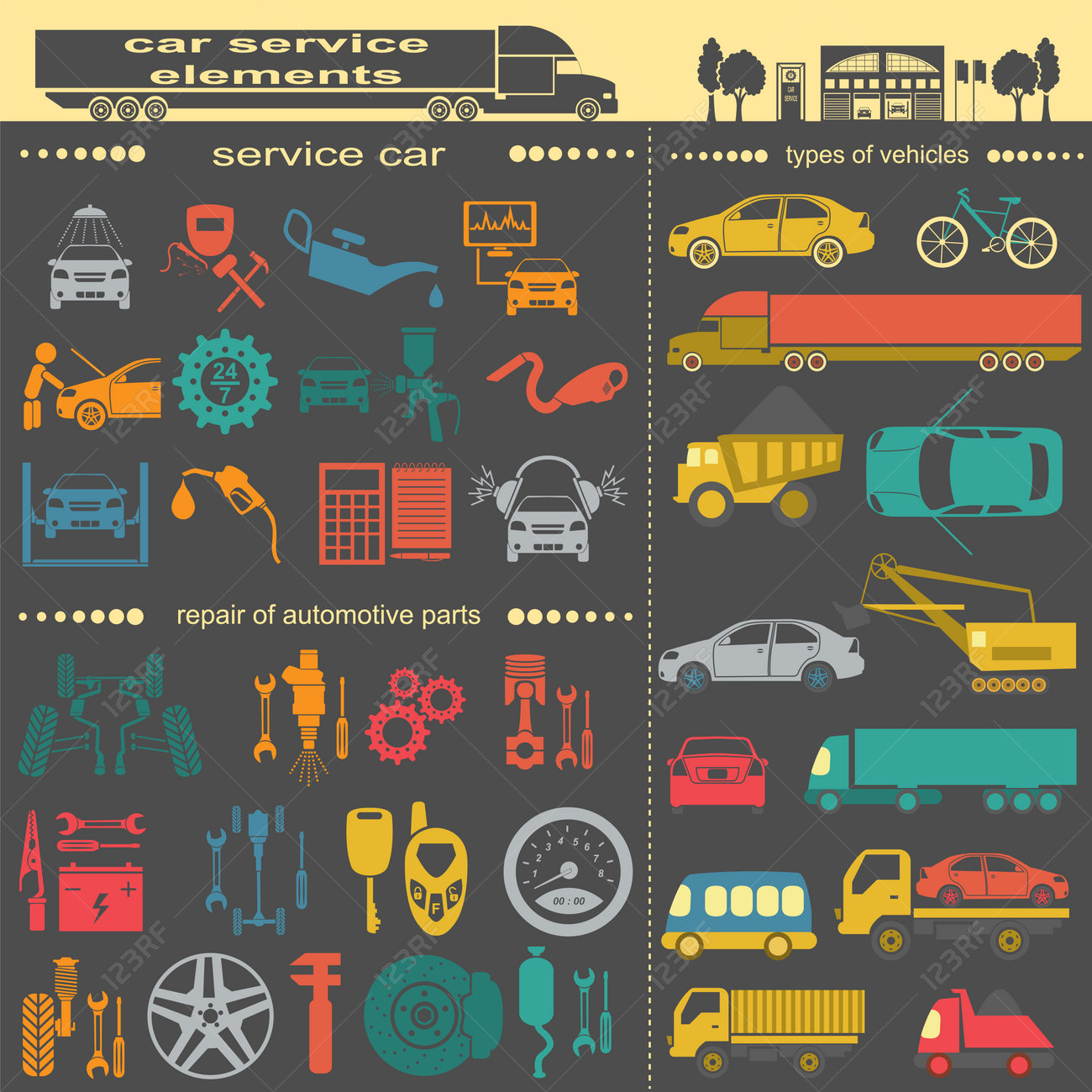Decoding Your Car'S Caution Indicators: What They Absolutely Indicate
Decoding Your Car'S Caution Indicators: What They Absolutely Indicate
Blog Article
Short Article Developed By-Hartley Corbett
When you're behind the wheel, those beautiful caution lights on your control panel can be a little bit puzzling. Do boat cut and polish know what they're attempting to tell you concerning your cars and truck's health and wellness? Understanding the relevance of these lights is essential for your safety and security and the durability of your automobile. So, the next time one of those lights pops up, would not you intend to decipher its message properly and take the required actions to resolve it?
Common Warning Lighting and Interpretations
Identify common warning lights in your vehicle and recognize their significances to make sure secure driving.
The most typical caution lights consist of the check engine light, which indicates issues with the engine or discharges system. If this light comes on, it's crucial to have your vehicle checked promptly.
The oil stress alerting light shows reduced oil pressure, needing immediate attention to prevent engine damages.
A blinking battery light may suggest a damaged billing system, potentially leaving you stranded otherwise addressed.
The tire stress tracking system (TPMS) light informs you to low tire pressure, affecting vehicle stability and fuel effectiveness. Disregarding this can cause unsafe driving problems.
The ABS light shows an issue with the anti-lock braking system, jeopardizing your capacity to quit swiftly in emergencies.
Last but not least, the coolant temperature alerting light warns of engine getting too hot, which can result in extreme damages if not resolved promptly.
Recognizing these typical warning lights will help you deal with concerns quickly and keep secure driving problems.
Value of Prompt Focus
Recognizing the usual caution lights in your vehicle is just the first step; the relevance of quickly attending to these cautions can not be stressed enough to guarantee your safety when driving.
When a warning light illuminates on your control panel, it's your cars and truck's method of communicating a potential issue that requires interest. Neglecting these warnings can result in a lot more extreme troubles later on, jeopardizing your security and potentially costing you a lot more in repairs.
Prompt attention to alerting lights can avoid breakdowns and accidents. As an example, a blinking check engine light might indicate a misfire that, if left ignored, can trigger damages to the catalytic converter. Resolving this without delay can save you from a costly repair.
Similarly, a brake system cautioning light may signify reduced brake fluid or worn brake pads, crucial parts for your safety when driving.
DIY Troubleshooting Tips
If you see a caution light on your dashboard, there are a few DIY troubleshooting ideas you can try prior to seeking professional assistance.
read page is to consult your auto's guidebook to understand what the certain warning light shows. Often the problem can be as basic as a loose gas cap triggering the check engine light. Tightening the gas cap might solve the issue.
Another usual issue is a reduced battery, which can cause various advising lights. Inspecting the battery connections for corrosion and ensuring they're safe and secure could fix the problem.
If a warning light lingers, you can try resetting it by separating the car's battery for a few mins and then reconnecting it. Furthermore, checking your car's fluid degrees, such as oil, coolant, and brake fluid, can aid repair alerting lights connected to these systems.
https://brakecheck73950.ttblogs.com/10859167/the-5-significant-misconceptions-of-automobile-outlining-explained-and-eliminated
To conclude, recognizing your car's caution lights is essential for keeping your automobile running efficiently and safely. By immediately attending to these informs and knowing what they indicate, you can avoid pricey repair work and possible breakdowns.
Bear in mind to consult your car's guidebook for certain details on each advising light and do something about it as necessary to guarantee a hassle-free driving experience.
Remain notified, stay secure on the road!
